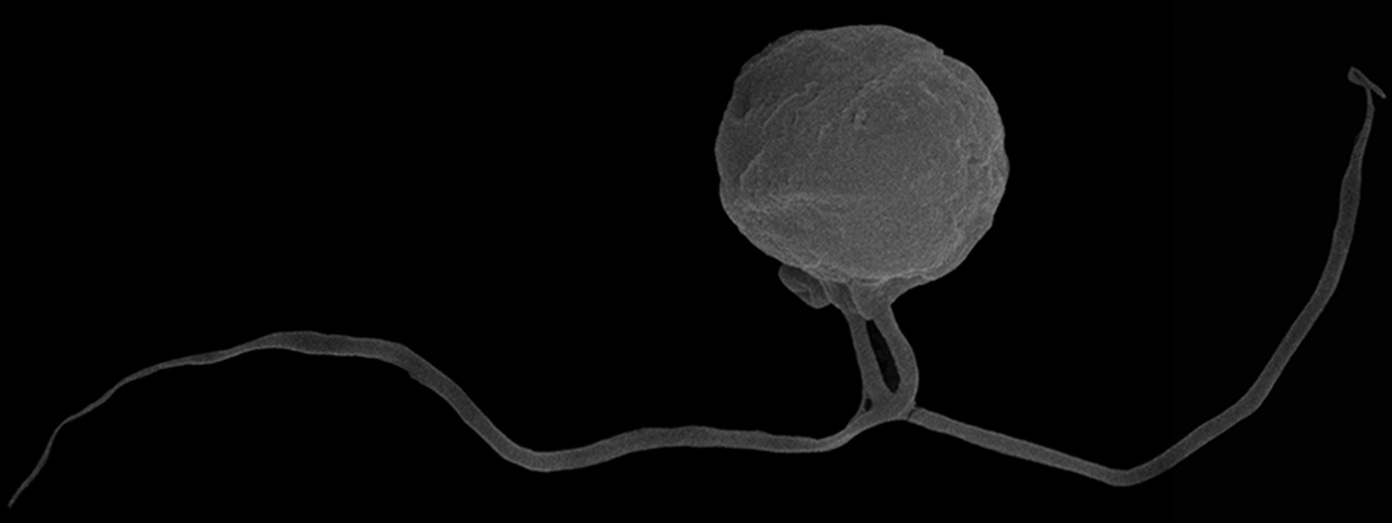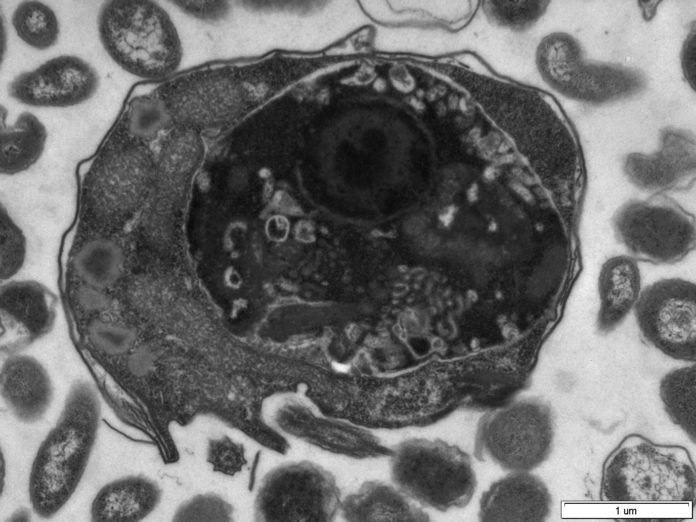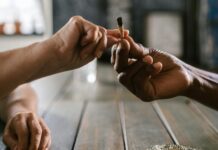There is a frightening amount that we don’t know about the biodiversity of microbial life. These microscopic lifeforms are everywhere, and they are critical to the survival of everything else alive.
As just one example, the Earth’s most abundant photosynthetic organism wasn’t discovered until 1986; cyanobacterium Prochlorococcus is the smallest known photosynthetic organism on the planet, producing 20 percent of all oxygen in our atmosphere. That’s more than the contribution of all of the tropical rainforests on land combined.
And now researchers from the University of British Columbia, University of Victoria, and Russian Academy of Sciences have discovered an ancient branch on the tree of life that no one knew existed — a supergroup of microbial hunters that they named Provora and consider to be the “lions of the microbial world”. Their study was published in Nature.
They studied water and sediment samples from a diverse set of marine sites around the world, including the coral reefs of Curaçao, the Black and Red seas, and the northeast Pacific and Arctic oceans. That’s when first author Denis Tikhonenkov started to notice some curious organisms. They had two tails that they used to either spin in place or swim off quickly, and whenever he saw them in a sample, almost everything else would be gone within days. He later concluded that was because they were all being eaten.

To study their DNA, the team had to come up with a way to start feeding them, growing batches of protozoa to give them as prey.
“In the taxonomy of living organisms, we often use the gene ‘18S rRNA’ to describe genetic difference,” said Tikhonenkov, senior researcher at the Institute for Biology of Inland Waters of the Russian Academy of Sciences, in a press release.
“For example, humans differ from guinea pigs in this gene by only six nucleotides. We were surprised to find that these predatory microbes differ by 170 to 180 nucleotides in the 18S rRNA gene from every other living thing on Earth. It became clear that we had discovered something completely new and amazing.”
In all, the team found 10 strains of Provora, falling into two kinds of predators: nibblerids who use tooth-like structures to eat chunks of their prey, and nebulids who eat their prey whole. They say that Provora, like other top predators, are rare but important to their ecosystem. Predation can shape community structure and even add to biodiversity by creating balance in the populations of other organisms that might otherwise outcompete or overconsume resources for the whole ecosystem.
Provora form a supergroup, just one level below the highest category (domains) on the tree of life. Although the exact number of supergroups varies according to who you ask and how the divisions are defined, about five to seven supergroups had been described before this.
“Ignoring microbial ecosystems, like we often do, is like having a house that needs repair and just redecorating the kitchen, but ignoring the roof or the foundations,” added principal investigator Patrick Keeling, professor of botany at the University of British Columbia.
“This is an ancient branch of the tree of life that is roughly as diverse as the animal and fungi kingdoms combined, and no one knew it was there.”
Although researchers are starting to gain a better understanding of biodiversity loss in terrestrial plants and animals, climate change is also affecting the microbes are given much less consideration when it comes to conservation. We also have a poorer baseline understanding of microbial diversity and what makes a healthy ecosystem for them. That’s an oversight that could have major consequences.
“The foundations of our entire system is microbial,” Keeling said in an interview with the Toronto Star.
“If the microbial world were to change catastrophically in its biodiversity? Well, we would all die, and so would everything else we’re familiar with.”







































